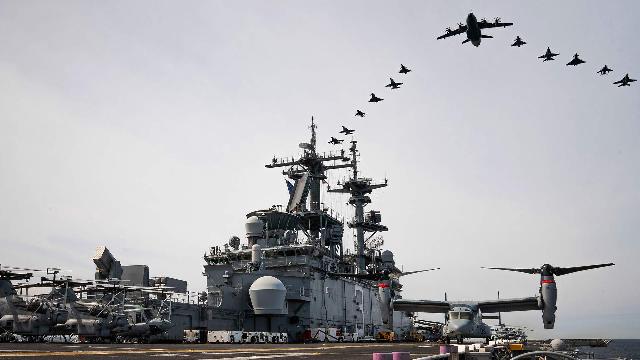This year, Sweden is participating in the exercises for the first time as a member of the alliance
The largest naval exercises of the NATO countries Baltops 24 have begun in the Baltic. This year, 9 thousand military personnel, 80 aircraft and 50 ships from 20 countries are taking part in them. The exercises are held annually, but now they are held at an extremely difficult time and raise many questions from the nearest neighbors. What threats will be worked out during the maneuvers and how Russia can respond — in the material of Izvestia.
The scale is growing
Baltops 24 became the most representative exercises in their entire history. Last year, 60 aircraft and the same number of ships took part in them. In 2022, there are only 14 countries and only 4 thousand military personnel and only 40 warships. The exercises are clearly growing, as is the number of NATO member countries. Over the past two years, Finland and Sweden have been added to their number.
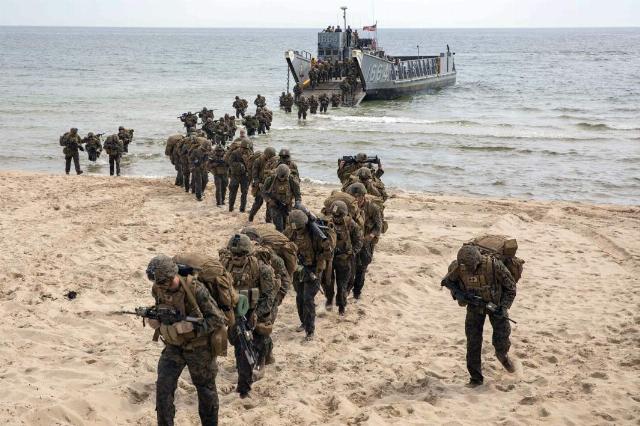
Photo: Global Look Press/U.S. Department of Defense
Image source: iz.ru
According to the exercise program, the naval and air forces of the participating countries will conduct training on combat operations in the Baltic Sea - detecting and combating submarines, setting up minefields and fighting them, landing troops, and organizing the interaction of diverse forces. On land, the exercises will affect the territories of Sweden, Poland, Lithuania and Germany. It is likely that during Baltops 24, the blocking of Russian shipping through the Baltic between St. Petersburg and Kaliningrad will be practiced - now, after Finland and Sweden have joined NATO, this has become possible in principle. Combat training operations will unfold in the coastal waters of the Swedish island of Gotland, and in the waters of the Gulf of Bothnia and the Gulf of Riga. They are expected to end on June 22.
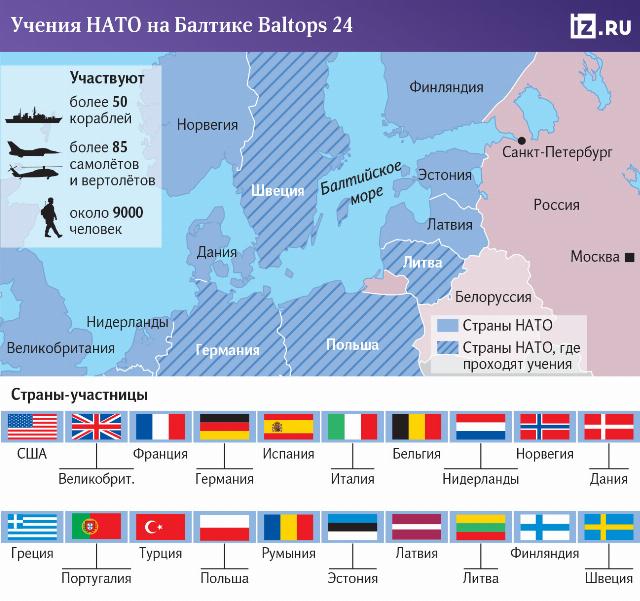
The composition of the participants is indicative — the united expeditionary force, which will be deployed in the Baltic, will be led by Great Britain during the exercises. In addition, the forces include units from Denmark, Estonia, Latvia, Lithuania, the Netherlands, Norway, Iceland, Poland, Germany, Sweden and Finland. On the one hand, all these countries are united by their proximity to the Baltic and North Seas, but in addition, they are all members of the NATO bloc and, of course, they work out cooperation within the framework of the bloc's general policy of opposing the Russian Federation. It is planned to conduct operations in which the air forces and naval forces of different countries will interact, reconnaissance flights and joint patrol missions will be carried out, information exchange between ships and aircraft of different countries will be provided under the general control of the exercise headquarters.
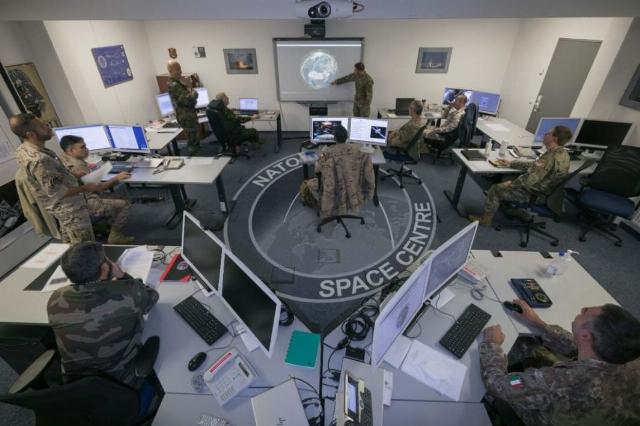
Photo: Allied Air Command
Image source: iz.ru
What will they work out
During the transfer of forces that take part in Baltops 24, both logistics and cross—border movements in a united Europe will be worked out - in recent years, NATO has been paying special attention to this issue, since the movement of large military groups through the dense and loaded transport network of Western Europe is difficult. The crossing of customs borders by military cargo has already been worked out earlier and is being worked out during these exercises.
Another important area of Baltops 24 will be operations at sea — this includes both working out the protection of the maritime infrastructure of the countries participating in the maneuvers (pipelines, ports, ferries), and, probably, blocking the actions of the Russian Navy. Of course, together the NATO countries in the Baltic can provide very impressive naval forces, which, together with aviation and coastal missile systems, can seriously complicate maritime communication between Kaliningrad and the Mainland. Such actions will certainly be practiced during maneuvers.
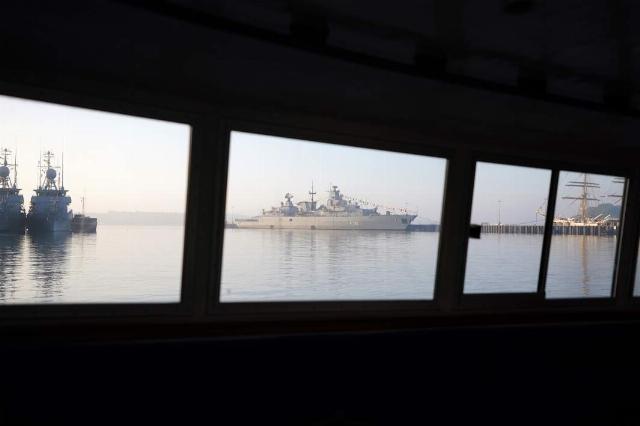
Photo: Global Look Press/dpa/Marcus Brandt
Image source: iz.ru
Of course, much attention will be paid to the use of drones during the exercises. NATO forces are preparing to use both flying and naval drones. Moreover, operations are expected to be carried out with both surface drones and underwater vehicles. Underwater drones can be used to search for and neutralize mines and minefields, but technically they can be used for reconnaissance and sabotage purposes.
Another goal of the Baltops 24 exercises is to practice actions on land. Many Baltic NATO countries have land borders with both Russia and Belarus and, of course, will work out the interaction of the Air Force and Navy with ground forces and air defense. The organization of an air defense "umbrella" over the main fleet bases, amphibious operations with amphibious landings and the occupation of bridgeheads, support for defensive and offensive actions on land — all these are important components of possible actions by NATO forces in the event of a crisis situation. This also includes the blocking of the Danish Straits and, in general, the blocking by the naval forces of any ship routes in the Baltic. NATO is beginning to perceive the Baltic Sea as its internal sea and plans its possible operations accordingly in a given situation.
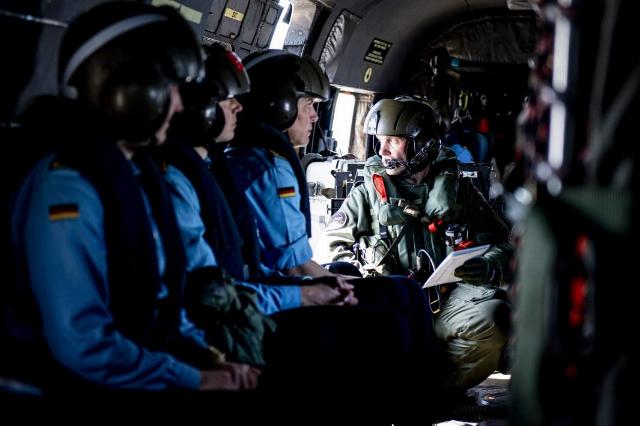
Photo: Global Look Press/dpa/Axel Heimken
Image source: iz.ru
All this becomes the scenarios of the Baltops 24 exercises and is carried out under the slogans of the defensive nature of the NATO alliance. Although in fact, it is only one step from working out the interaction of forces in defense to jointly planning an attack on other countries. How will Russia react to what is happening? First of all, of course, we will closely monitor the progress of the exercises and will record both the capabilities, the nuances of tactics, and the degree of combat readiness of the forces of the participating countries. Secondly, we will certainly find something to demonstrate to our potential opponents — there are both symmetrical and asymmetric retaliatory measures. We can conduct our own maneuvers with the participation of diverse forces in the Baltic, or we can show the capabilities of our missile brigades in the military districts adjacent to the Baltic, which can instantly stop any threat in the event of a conflict. Thirdly, our strategic nuclear forces are a reliable guarantor of peaceful skies, and the next exercises with their participation can also be timed to coincide with the Baltic maneuvers of NATO countries.
Dmitry Kornev
